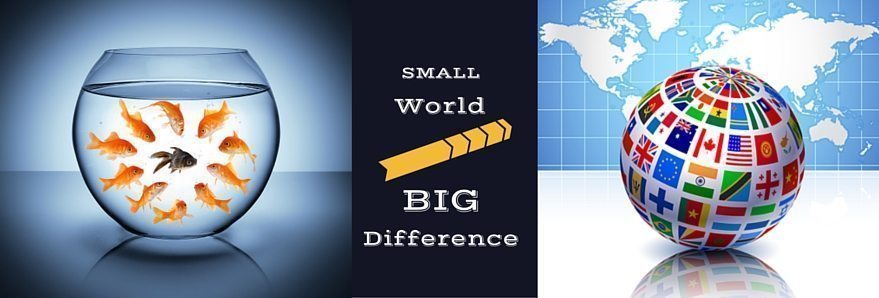With the increasing numbers of Asian students coming to the U.S., it is beneficial to familiarize yourself with their customs in order to carry out pleasant conversations.
Some Asian cultures may seem odd at first, but please note that Asian students may think the same about your cultures! Try to be open-minded and accept their customs even if it means you have to step out of your comfort zone.
Examples of Cultural Differences
“Thank You” is natural to say for anyone who has the slightest sense of courtesy. This is why most Americans may never understand how “Thank You” could mean an insult in other cultures such as that of India’s.
Recently, The Atlantic.com pointed out what Indians think about saying “Thank You.” The article titled “I’ve never thanked my parents for anything” which interestingly indicated that saying “Thank You” could be a learned thing for an Indian after he or she moves to the U.S.
In Hindi, “Everyday gestures and culture, there is an unspoken understanding of gratitude,” according to the article. In other words, there is no need to say “Thank You” to someone because gratitude has already been expressed. If you say “Thank You” to an Indian, that individual may think that you are not a close friend.
I have seen more Americans learning the art of chopsticks even if they might have been using forks all their lives. However, not many Americans know how to use chopsticks correctly, needless to say knowing the courtesy of using chopsticks in front of Chinese. Much like mastering the art of western dining etiquette, there are plenty of manners that go with the utensils.
Did you know that when you are eating with Chinese, you should never stick the chopsticks in the rice bowl? Many Chinese would consider that as an offensive gesture because it signifies that you are worshiping the dead at the table.
When it comes to borrowing money, my culture is different about expressing their needs. In China and Taiwan, when we want to borrow money from someone, we may explain why we want to borrow money first, and then mention “I want to borrow some money from you” later. I believe in America, it is the other way around.
Cultural Differences Between Americans and Asians
In the U.S., people tend to speak what’s on their minds and are quite open about their expressions. Individualism plays an important role in the American social life where voicing your personal opinions is encouraged. On the contrary, people in Asia deliver their opinions in a subtle way and tend to hold things in to avoid conflicts. Asians focus more on creating the peace of society instead of confronting and causing turmoils.
It is a great world to live in with colorful diversity. It can feel small with the help of technology, yet there’s still so much to learn about our cultural differences.
(Edited by E. Gray, Online Marketing Staff of Access Education, LLC)


Interesting article.
We are committed to collect useful info for international students so you can save your time and money.